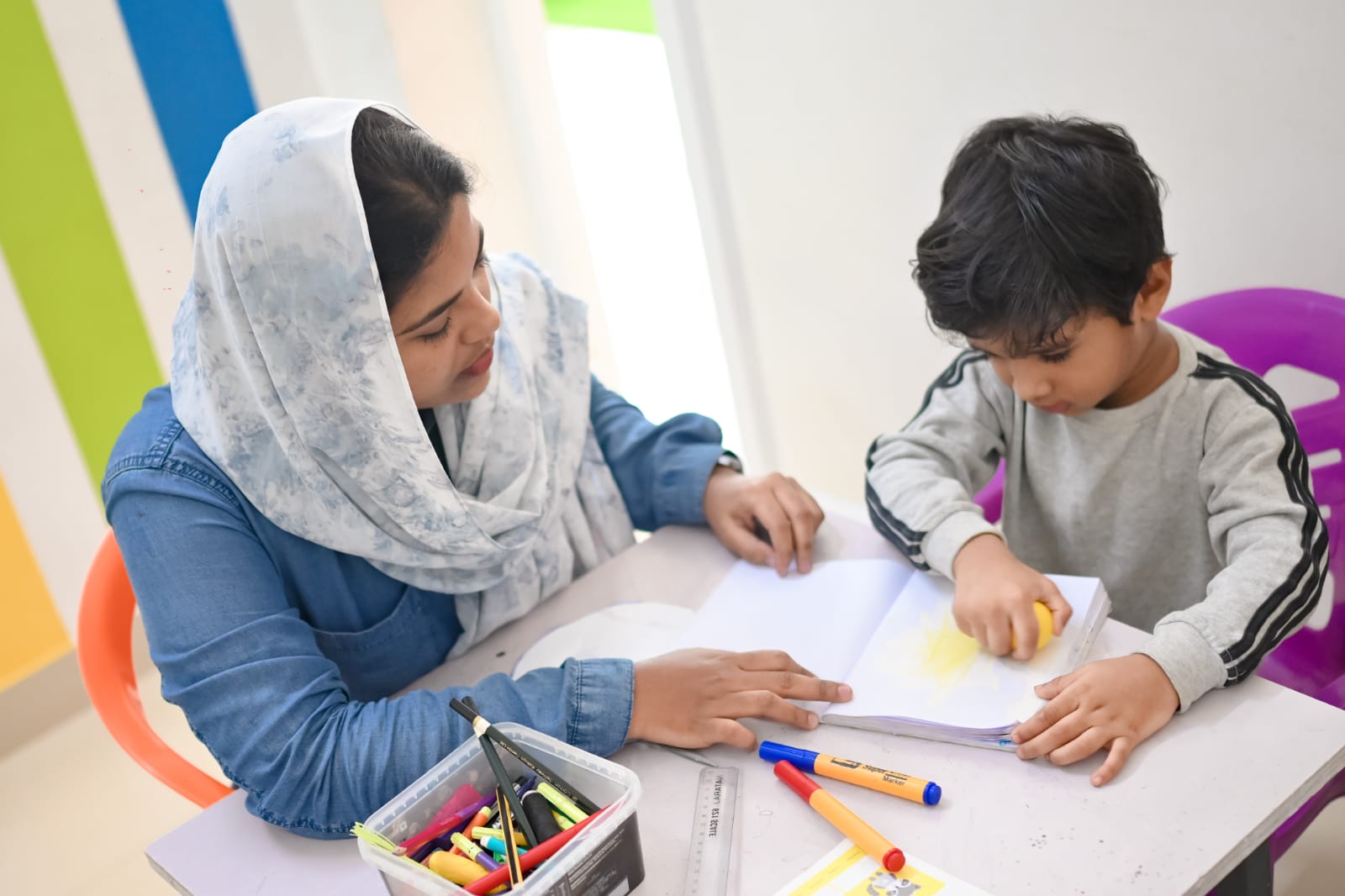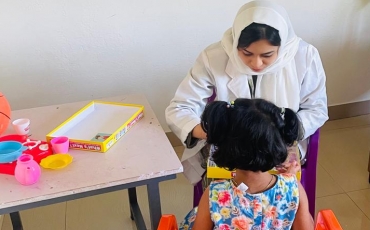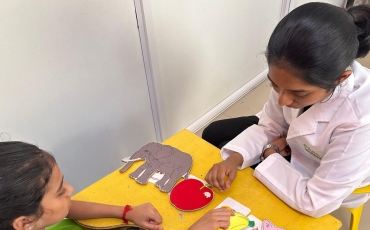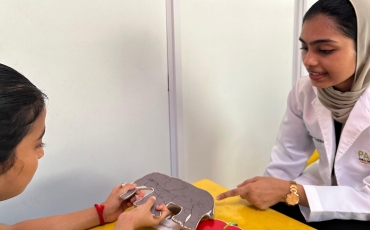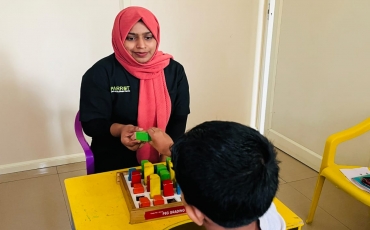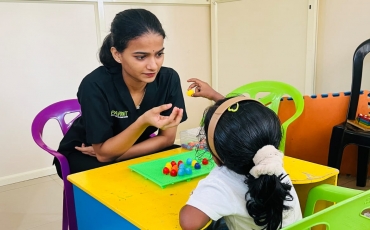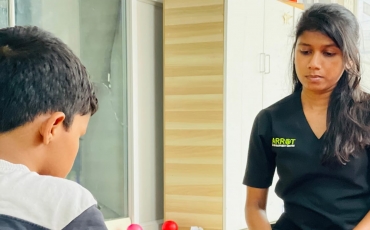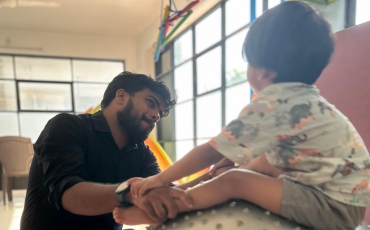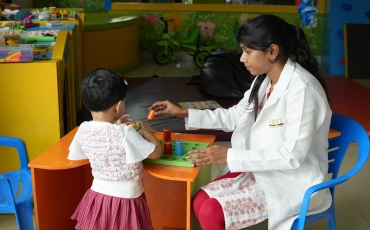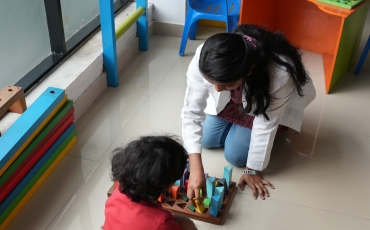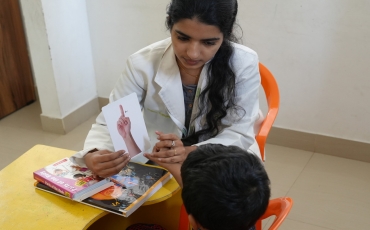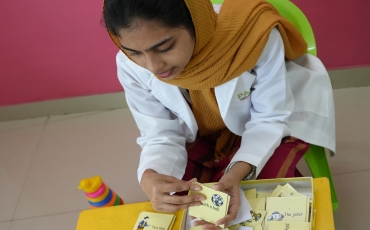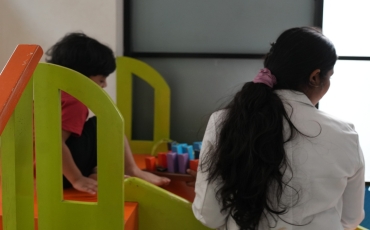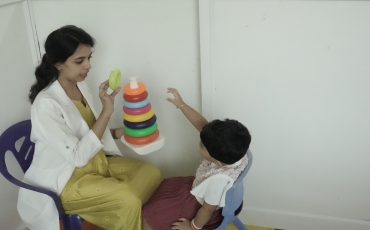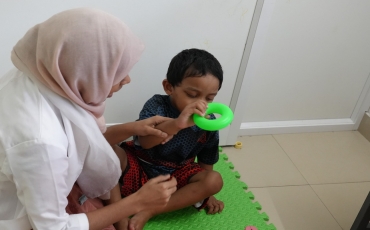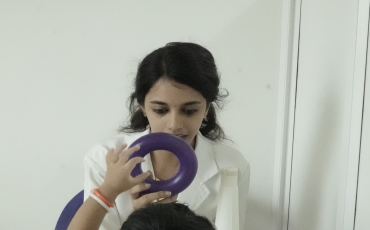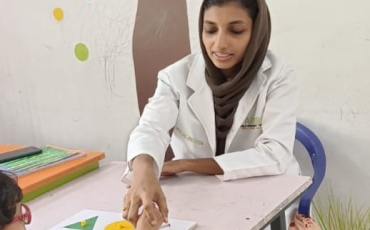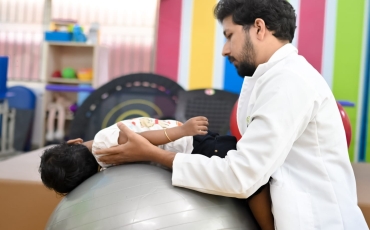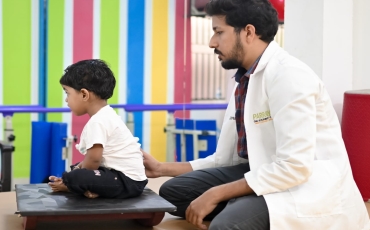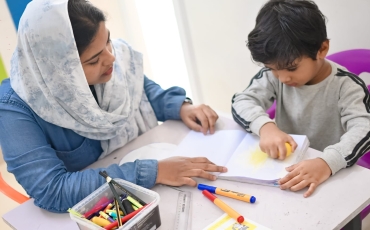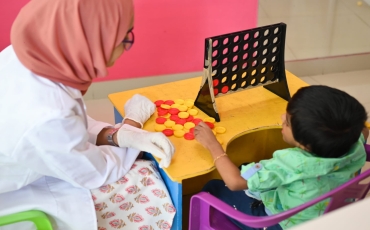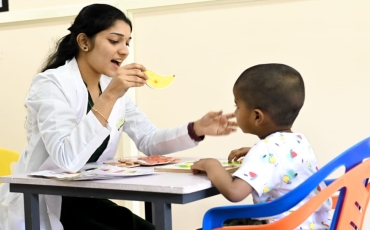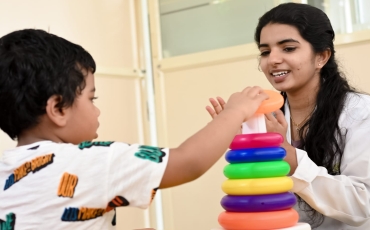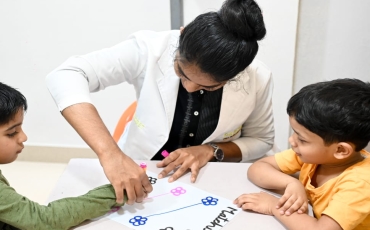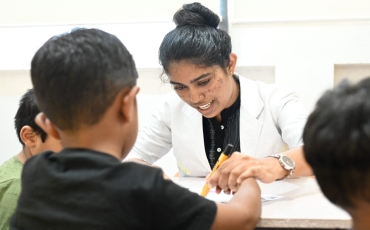Dyslexia Teaching Tips
Dyslexia is a learning disorder that involves difficulty reading due to problems identifying speech sounds and learning how they relate to letters and words ( decoding ) also called a reading disability, dyslexia is a result of individual differences in areas of the brain that process language.
Dyslexia is not due to problems with intelligence, hearing or vision. Most children with dyslexia can succeed in school with tutoring or a specialized education program. Though there’s no cure for dyslexia, early assessment and intervention result in the best outcome.
Perfect swiss made Rolex Replica Watches UK
Official Replica Watches UK Online Store
Best UK Replica Watches Store: top fake watches uk
Teaching tips for dyslexic
1 . Incorporate multi sensory learning * : Multi sensory learning aims to incorporate tactile and kinesthetic activities into the learning process as well. This gives students with dyslexia more ways to understand, remember, and recall new information. Multi sensory learning engages students in movements and activities that involve touch . This , coupled with the use of visual and auditory materials, creates multiple opportunities for students with dyslexia to absorb and retain information. It also helps take abstract ideas and turn them into something more concrete.
Multi sensory activities may include; sand writing, blending boards.
2 .offers lots of opportunities for learners to recap and review language *: offers lots of opportunities for learners to recap and review language, especially from the exam wordlists. Use varied techniques to help learners memorise new words, including drawing, music or rhythm, movement, gesture and visualization techniques.
3 .Include “fun” learning in curriculum — board games, puzzles, workbooks and other fun and exciting activities (especially those created specifically for people with dyslexia)
4 .Give visual pictures for commonly reversed or flipped letters: (i.e. “Which way does the “b”/ “d” go in “bed?”).
5.Give “THINK TIME” before answering a question This can be done by presenting a question and then pausing or by coming back to the student after a little while and repeating the question.

